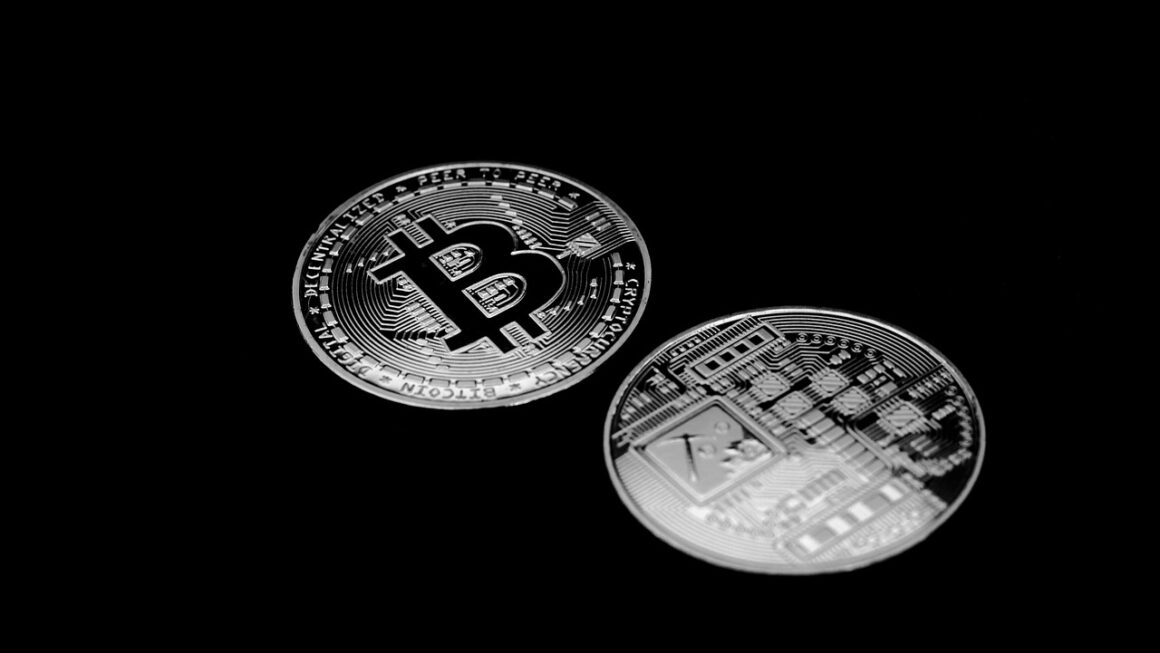Solana, a name that resonates with speed and scalability in the blockchain world, has rapidly become a prominent player in the decentralized finance (DeFi), non-fungible token (NFT), and decentralized application (dApp) landscape. But what makes Solana so special? This blog post delves deep into the architecture, functionalities, and ecosystem that define Solana, exploring its advantages, potential drawbacks, and its position in the ever-evolving world of blockchain technology.
What is Solana?
Solana is a high-performance, open-source blockchain platform designed for decentralized applications (dApps) and cryptocurrencies. Unlike many other blockchains that rely on Proof-of-Work or Proof-of-Stake consensus mechanisms, Solana utilizes a unique hybrid consensus mechanism combining Proof-of-History (PoH) and Proof-of-Stake (PoS). This innovative approach enables Solana to achieve significantly faster transaction speeds and lower transaction fees than many of its competitors, making it an attractive platform for developers and users alike.
Proof-of-History (PoH): The Key to Speed
- PoH Explained: The core innovation behind Solana’s speed is Proof-of-History. PoH is a high-frequency Verifiable Delay Function (VDF) that allows for cryptographically verifiable timestamps. This means that instead of nodes needing to communicate with each other to agree on the order of transactions, each transaction is timestamped as it is processed. This eliminates the need for a global consensus on the order of transactions, resulting in massively increased throughput.
- Practical Example: Imagine a traditional courtroom where witnesses need to be sworn in and their testimonies recorded sequentially, requiring significant time for each step. With PoH, it’s like having a pre-recorded video of the entire event, timestamped with verifiable proof of each action and its time. This drastically reduces the time needed to process the event and achieve consensus.
Proof-of-Stake (PoS): Securing the Network
- How PoS Works on Solana: While PoH provides speed and efficiency, Proof-of-Stake ensures the network’s security and decentralization. Validators stake SOL, Solana’s native token, to participate in the consensus process. The more SOL a validator stakes, the higher their chances of being selected to validate transactions and earn rewards.
- Benefits of PoS:
- Energy Efficiency: PoS is significantly more energy-efficient than Proof-of-Work, reducing the environmental impact of the blockchain.
- Increased Security: Staking SOL disincentivizes malicious behavior, as validators risk losing their staked tokens if they attempt to compromise the network.
- Decentralization: The staking mechanism encourages a wider distribution of SOL tokens, promoting greater decentralization and resilience.
Solana’s Architecture and Key Features
Solana’s architecture is meticulously designed to optimize for speed, scalability, and low transaction costs. Understanding its key features is crucial to appreciating its technical capabilities.
Turbine: Block Propagation Protocol
- Efficiency in Data Distribution: Turbine is a block propagation protocol that significantly improves the speed at which data is distributed across the Solana network. Instead of broadcasting the entire block to every node, Turbine breaks the block into smaller packets and distributes them across different nodes, which then rebroadcast those packets to their peers. This effectively creates a data distribution tree, allowing for faster propagation and reduced bandwidth requirements.
- Analogy: Think of Turbine as a high-speed postal service where packages are divided among different delivery routes to ensure faster delivery times.
Gulf Stream: Transaction Forwarding Protocol
- Reducing Confirmation Times: Gulf Stream is a transaction forwarding protocol that allows validators to forward transactions before they are confirmed. This reduces confirmation times because validators can begin processing transactions before they are officially added to the blockchain.
- How it Works: By predicting which validator will be the next leader (the validator responsible for producing the next block), Gulf Stream forwards transactions to that validator in advance, reducing latency and improving transaction processing speed.
Sealevel: Parallel Transaction Processing
- Scaling with Hardware: Sealevel is a hyper-parallelized transaction processing engine that allows Solana to process thousands of smart contracts in parallel. This is a crucial component of Solana’s scalability because it allows the network to take full advantage of modern multi-core processors and GPUs.
- Significance: Unlike other blockchains that process transactions sequentially, Sealevel allows Solana to handle a large volume of transactions concurrently, resulting in significantly higher throughput.
The Solana Ecosystem: dApps, DeFi, and NFTs
Solana’s rapid growth has fueled a thriving ecosystem of dApps, DeFi protocols, and NFT marketplaces. This vibrant ecosystem is a testament to Solana’s appeal and its ability to attract developers and users alike.
DeFi on Solana
- Advantages for DeFi: Solana’s speed and low transaction fees make it an ideal platform for DeFi applications. Protocols on Solana can offer faster and cheaper transactions, improving the user experience and enabling new types of financial applications.
- Examples of DeFi Protocols on Solana:
- Raydium: An automated market maker (AMM) built on Solana, offering fast and efficient token swaps.
- Serum: A decentralized exchange (DEX) with a central limit order book, providing professional-grade trading tools.
- Marinade Finance: A liquid staking protocol that allows users to stake SOL and receive mSOL, which can be used in other DeFi applications.
NFTs on Solana
- A Growing NFT Market: Solana has emerged as a popular platform for NFTs, attracting artists, creators, and collectors. The low transaction fees and fast transaction times make Solana a more accessible and affordable option for buying, selling, and trading NFTs.
- Popular NFT Marketplaces on Solana:
- Magic Eden: A leading NFT marketplace on Solana, offering a wide range of NFTs from various collections.
- Solanart: Another popular NFT marketplace with a focus on Solana-native NFT projects.
dApps and Beyond
- Diverse Range of Applications: Beyond DeFi and NFTs, Solana hosts a diverse range of dApps, including gaming platforms, social media applications, and more.
- Examples:
- Star Atlas: A metaverse game built on Solana, offering a vast virtual universe for players to explore, trade, and battle.
- Audius: A decentralized music streaming platform that allows artists to share their music directly with fans, without intermediaries.
Advantages and Disadvantages of Solana
While Solana offers numerous advantages, it’s essential to consider its potential drawbacks. A balanced perspective is crucial for understanding Solana’s position in the blockchain landscape.
Advantages
- High Transaction Speed: Solana boasts incredibly high transaction speeds, often processing thousands of transactions per second (TPS).
- Low Transaction Fees: Transaction fees on Solana are typically very low, making it an attractive platform for users and developers.
- Scalability: Solana’s architecture is designed to scale to accommodate a growing number of users and applications.
- Thriving Ecosystem: Solana has a vibrant and rapidly growing ecosystem of dApps, DeFi protocols, and NFT marketplaces.
- Innovative Technology: Solana’s Proof-of-History consensus mechanism and other architectural innovations provide a unique and efficient blockchain solution.
Disadvantages
- Centralization Concerns: While Solana is decentralized, some critics argue that its validator set is relatively small compared to other blockchains, raising concerns about potential centralization.
- Network Instability: Solana has experienced several network outages in the past, raising concerns about its stability and reliability.
- Complexity: Solana’s technology is complex, which can make it challenging for developers to build and deploy applications on the platform.
- Security Risks: As with any blockchain, Solana is vulnerable to security risks, such as smart contract vulnerabilities and potential attacks on the network.
Conclusion
Solana has undoubtedly made a significant impact on the blockchain industry, offering a unique combination of speed, scalability, and low transaction fees. Its innovative architecture and thriving ecosystem have attracted a large and growing community of developers, users, and investors. While concerns about centralization and network stability remain, Solana’s potential to disrupt the DeFi, NFT, and dApp landscape is undeniable. As the blockchain space continues to evolve, Solana is poised to play a crucial role in shaping the future of decentralized technology. Its constant innovation and community support signal a continued prominence in the web3 ecosystem.




